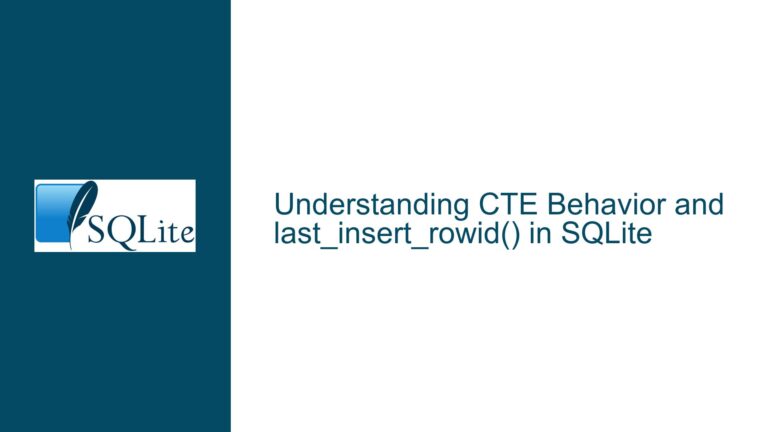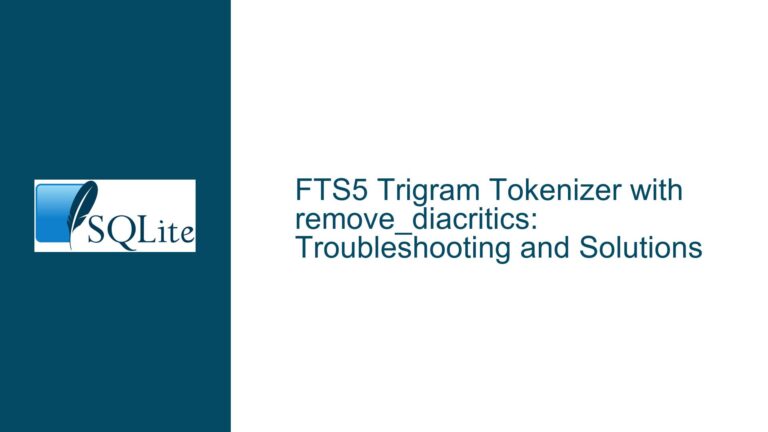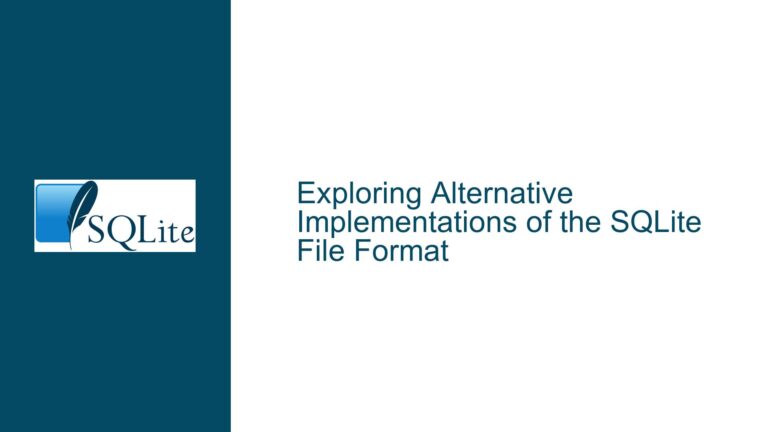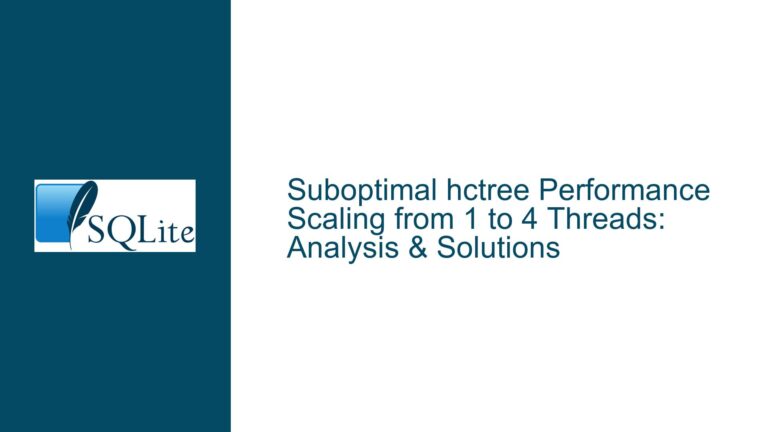Addressing Null Pointer Dereference in SQLite3 with UE5 Plugins and Templated Methods
Issue Overview: Null Pointer Dereference in Templated SQLite3 Methods within UE5 Plugins When integrating SQLite3 into Unreal Engine 5 (UE5) via custom plugins, developers may encounter a critical runtime error: Exception 0xc0000005 (Access Violation) at address 0x00000000 when invoking methods that use sqlite3_prepare_v3 with C++ templates. The error manifests as a User-Mode Data Execution Prevention…









